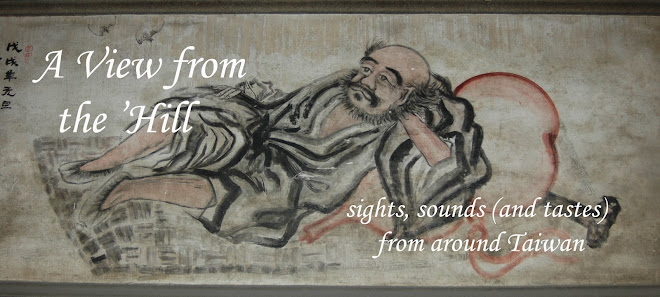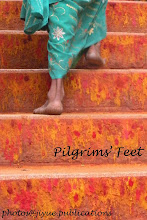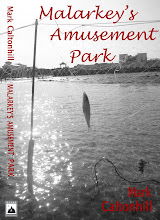Chian Post editorial:
When heads of state, city mayors or other public dignitaries visit each other, they are normally given a short tour of a famous landmark, prestigious museum or top-class eatery. When Taipei City Mayor Hau Lung-bin visited Korea last week, he invited his Seoul counterpart, Mayor Oh Se Hoon, to attend the 2011 International Design Alliance World Congress in Taipei next year, and promised to take the Korean cycling along the Danshui River.
And well he might, because perhaps as much as anything else, the thousands of kilometers of bike paths constructed around Taiwan over the last few years have contributed to improving the quality of life for countless citizens. This is something of which Hau, his fellow city and county magistrates, as well as their predecessors, can be duly proud.
Cycling is not merely an enjoyable hobby by which hardworking citizens can occupy their leisure time. Along with swimming and walking, it is a low-stress sport suitable for people of all ages to begin the journey from couch potato to active health, and along with walking and jogging it is a pollutant-and-emissions-free form of transportation beneficial to the nation's environmental health.
Just a few years ago, when cycling was largely the preserve of schoolchildren, the elderly and foreign laborers, it took vision for governments to invest in the planning and realization of what, within a year or two at most, will be an interconnected system of paths circling the island.
It must have been hard to predict the passion with which Taiwanese would embrace “self-powered vehicles.” By two years ago, possession of ready cash did not guarantee one would own a popular Giant, KHS or Dahon folding bicycle without a three-month wait. And the scenes at Taipei's Dadaocheng wharf, anywhere along the Danshui, Keelung, and Dahan rivers, and at numerous other places around Taiwan — where every evening and on weekends one can now barely move for two-wheelers — are evidence that this has been another quiet Taiwan miracle.
But media reports last week were more ominous. First, the Giant Manufacturing Company, which made headlines just twelve months ago for the large size of New-Year bonuses paid to its employees, announced that bicycle sales had fallen to pre-2008 levels.
Other reports quickly echoed this, warning that sales of bicycles had fallen by 50 percent or more since August last year, that there are no longer waiting lists for bicycles, indeed shops are full of unsold merchandise, and that some traders who had “sprouted like bamboo shoots” have even closed up shop. In short, the media suggested, bicycling had merely been a fad with Taiwanese people and was now suffering from the “egg-tart effect.”
But this reference to citizens' short-lived craze for Portuguese-style egg tarts in the late 1990s — when queues formed, bakeries proliferated and ready cash didn't ensure possession of sweet desserts by the end of one's lunch break — while grabbing headlines is surely not correct.
For one thing, “use” of an egg tart lasts for just a few minutes, while a well-made and properly maintained bicycle will last for decades. So comparison of sales figures, while accurate for tarts, is less relevant to bicycles, especially during the current economic downturn. Use, rather than sales, therefore, is the key measure with which to assess Taiwan's bicycling craze, and the ever-increasing numbers of cyclists on the nation's bike paths is what the media should pay attention to.
Nevertheless, Mayor Hau and his colleagues should not rest on their laurels. Cycling is still seen as an evening and weekend pastime rather than a means of transportation. Yet most of the country's population—particularly the almost one-third residing in the combined Taipei City and soon-to-be Xinbei City—commute over distances of just a few kilometers of flat terrain.
More designated bike paths are needed in downtown areas and not just along the banks of the island's rivers, and those paths need policing efficiently so that, unlike Taipei's new bike-only lanes on Dunhua Road, they are not just used as additional car-parking spaces.
Moreover, excellent as the riverside paths are in bringing cyclists in from the suburbs, more access ramps to bridges must be constructed to facilitate efficient commuting. Similarly, bosses need educating in the need to encourage workers to cycle to the office and to provide shower rooms and secure bike-parking facilities. Even Hau's Taipei City Hall currently has no covered, secure area for employees to park their bicycles.
Most of all, there needs to be a revolution in attitude, a newly found respect for cyclists by other road users, and, of course, similarly by cyclists for pedestrians. The most common reason people give for not cycling is lack of safety, by which they do not mean colliding with other bicycles or falling off, but being hit by careless or aggressive motorists. This change in mindset is something that no government can legislate, but must come about from the people's own volition.




No comments:
Post a Comment